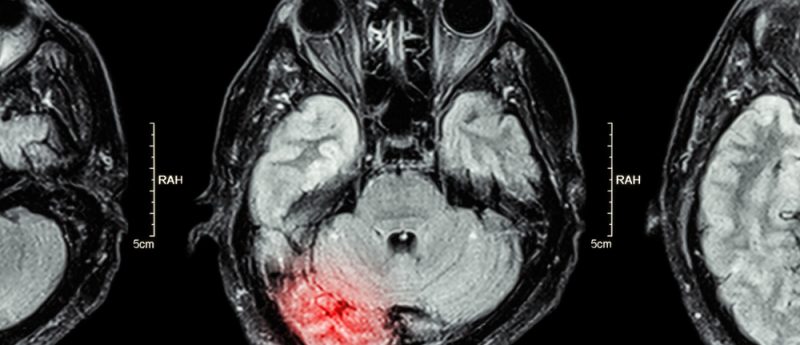Traumatic brain injury as a risk factor for Alzheimer’s disease: current knowledge and future directions

The late-life effects of traumatic brain injury (TBI) have received unprecedented attention in recent years. In 2005, a syndrome of progressive cognitive, motor and neuropsychiatric symptoms initially described almost 80 years prior [1,2] found renewed interest when these symptoms were described in two professional American football players whose brains showed an apparently unique distribution of tau pathology, or neurofibrillary tangles (NFTs) [3,4]. This tauopathy called chronic traumatic encephalopathy (CTE) has since been identified postmortem in a small but growing number of individuals [4–7], resulting in widespread media attention and public health concern about the possible neurodegenerative effects of TBI. Based...




